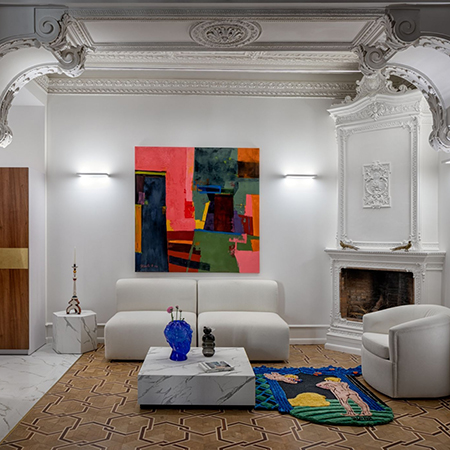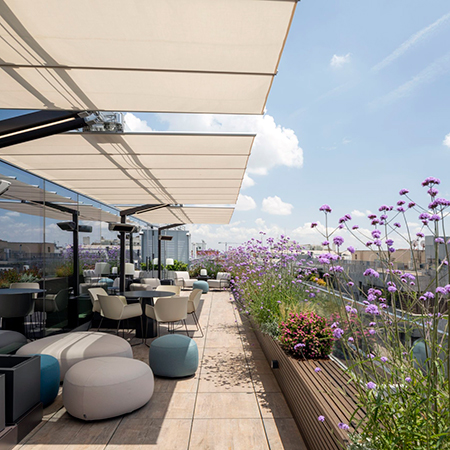Since the beginning of the century we have witnessed the appearance of shared office spaces, commonly known as coworking. But how do they work? They are all the same? Do they have to have some unique characteristic that distinguishes it from a typical office? What advantages do they have?
Before answering these questions, it is important to delve into its history, in why and how these unique spaces arise and what is the socioeconomic change that generates them.
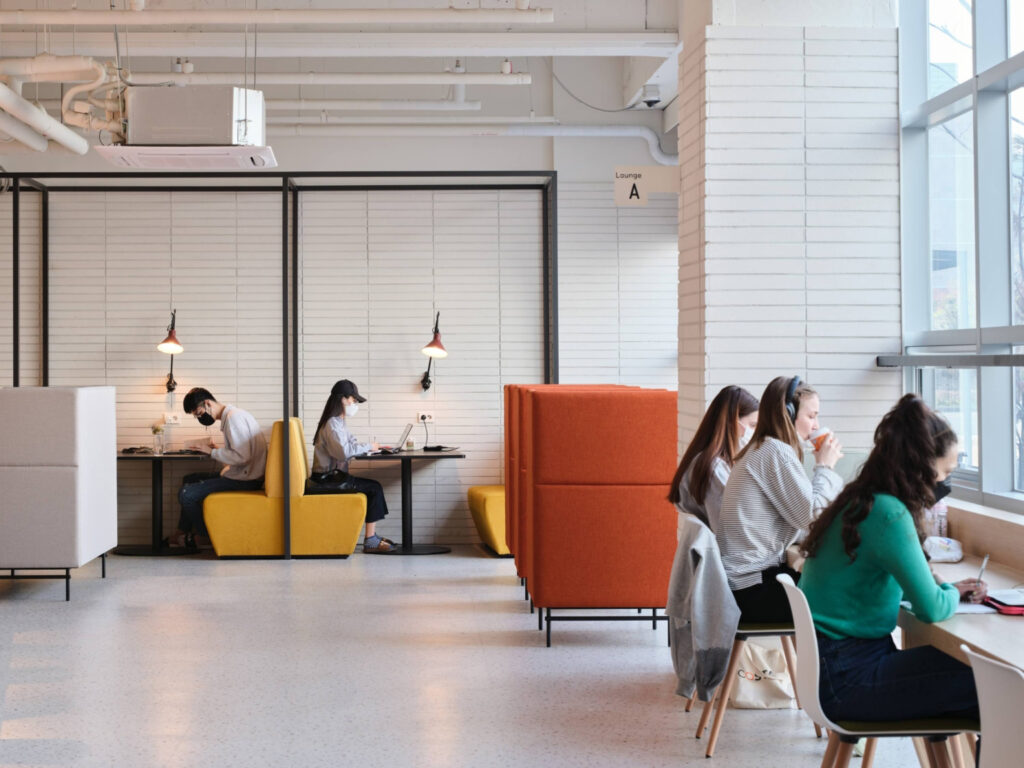
Whose idea was it?
Although it seems like a super modern concept to us, the first idea of coworking was forged in the nineties, with some isolated initiatives, which over time helped to build and consolidate a concept that has become popular globally.
Apparently the story begins mid 90s when a group of computer engineers created a hackerspaces called C-Base, in Berlin (Germany), to bring together new technology enthusiasts. An example that illustrates these communities very well is found in the series The code of discord, about the development of Terravisión, the precursor to Google Maps, in Berlin.
In any case, it is believed that term coworking was used for the first time in 1999 by Bernard DeKoven, a well-known deceased game creator, to refer to a form collaborative working, and not exactly the concept we know today. That same year, he opened a place in New York called 42 West 24, that offered spaces to work with flexible rents.
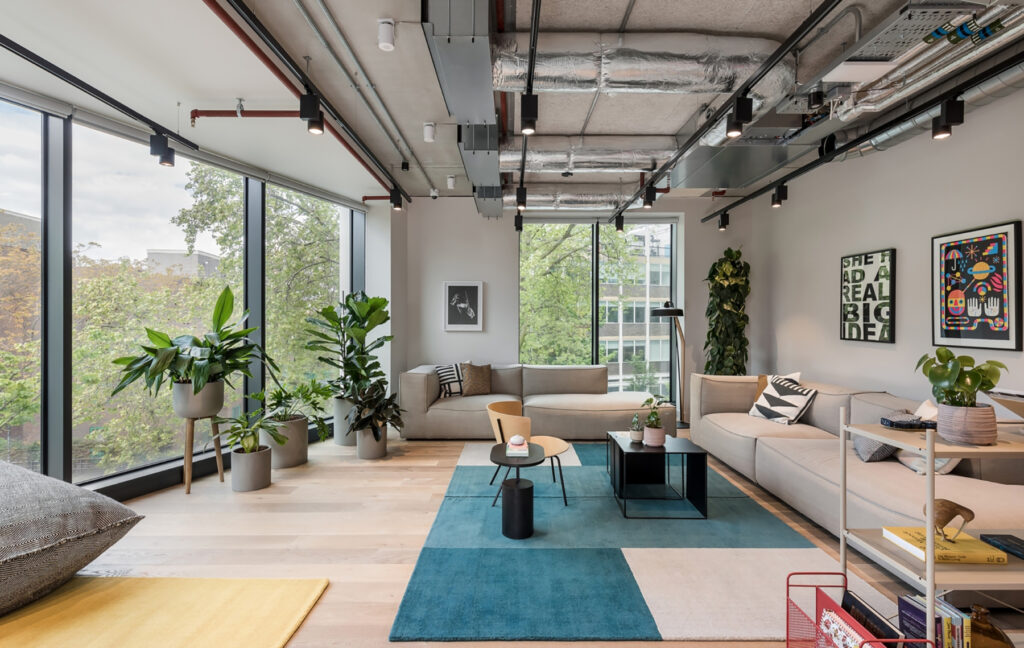
A new concept for a new millennium
In 2002, two Austrian entrepreneurs with other partners and collaborators left their offices to work in a different space that they named Schraubenfabrik, a space designed for the community of workers and their partners. In reality, the idea of work communities meeting in the same workspace is an old concept, already developed by different guilds, and, of course, by artists and craftsmen.
A few years later, in 2005, Brad Neuberg creates the first coworking space in San Francisco conceived as such. The concept of the space was to offer the possibility of working in a independent and nomadic in those spaces, but, at the same time, comfortable and close. Although the idea was initially received coldly, Ray Baxter, an athlete and startup promoter, settled in the building, becoming the first user and, consequently, the first coworker in the world.
Thanks to the popularity of the Internet, the concept of coworking As a form of collaborative work, it began to gain strength in digital communities. Chris Messina, creator of the Twitter hashtag, designed an open source resource called The Coworking Wiki, which helped connect coworkers from other cities.
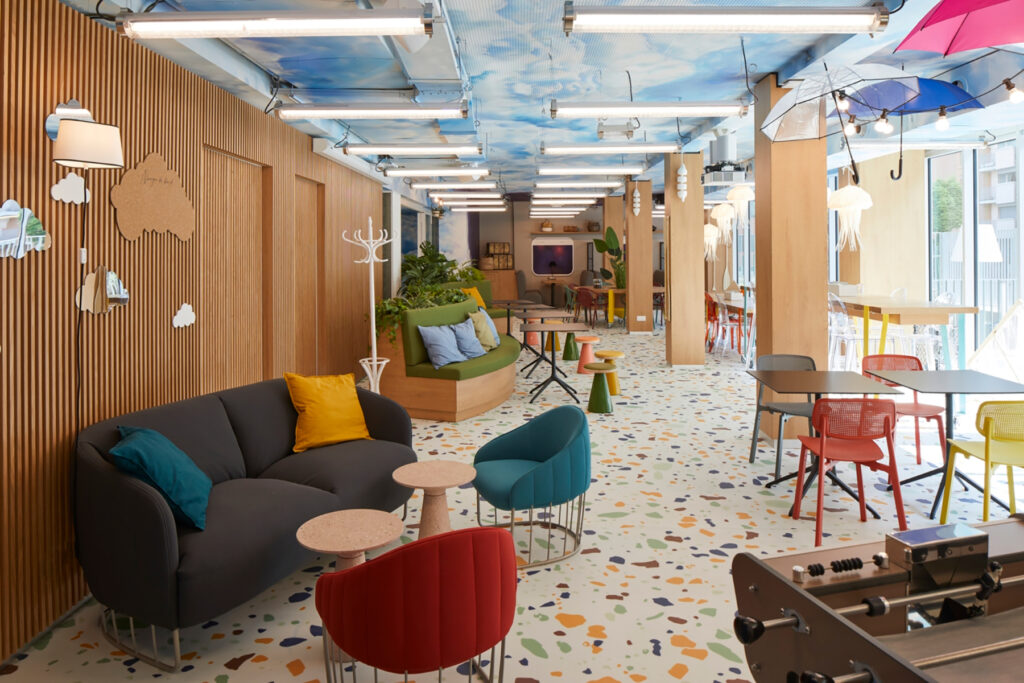
The community rules
In 2007 the trend reached search engines, including Google, where the word coworking and other related terms began to stand out.
Only one year later, in 2008, the system of Coworking Visa, which allowed its members free access to other coworking spaces linked to the agreement, which meant an evolution in the business model. Thus, those workers who traveled frequently could use coworking spaces in different parts of the world by paying a Visa subscription.
In 2016, HSBC moved 300 workers to a coworking space, becoming an example of how large corporations migrate to these new work environments. Other companies like KPMG, Microsoft and IBM They also joined this trend. Its positioning has achieved such popularity that, since 2010, it is celebrated on August 9 as the hashtag #CoworkingDay.
Now that we have entered the 21st century, the concept has taken a step further, since today it is no longer just about bringing together unions or people who carry out similar tasks. On the contrary, it is about bringing together people who do not know each other, who work in different fields and, from that closeness, a connection emerges. collaboration interesting.
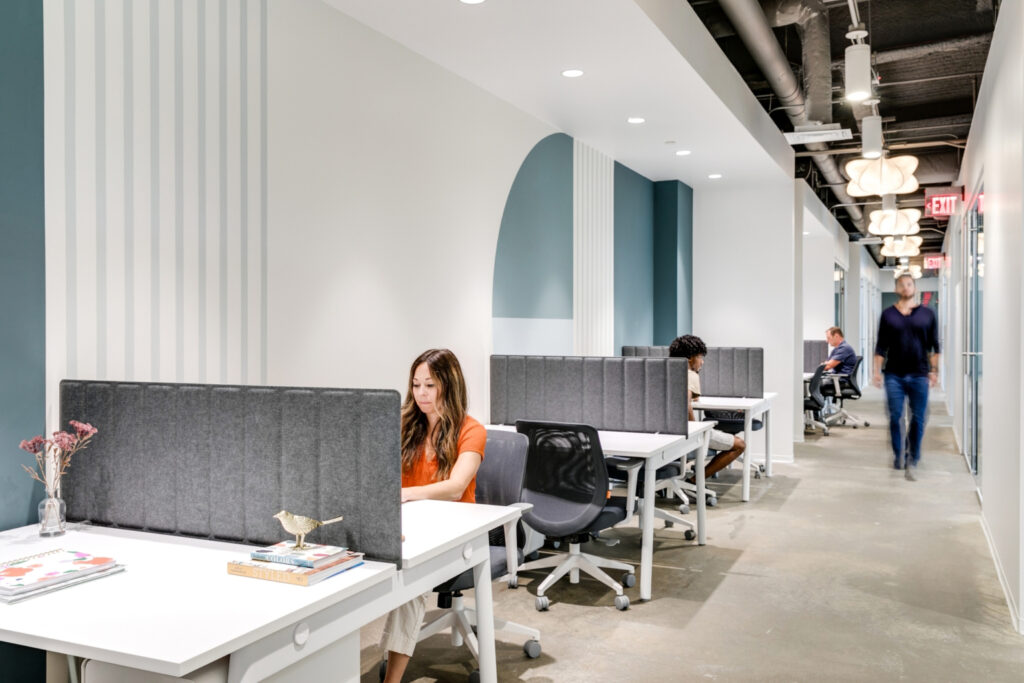
Coworker profile
The profile of the users of the coworking includes from professionals self-employed, business owners or employees that have the partial or total teleworking modality, until SMEs o startups which They can develop their activity in this way.
If an ideal profile of coworkers is drawn up, we find a young person, with a university education, anchored in the new technologies. and very satisfied with and with his work, who also often travels and spends long periods in other countries.
Another relevant aspect is that lto the majority of those who make up the coworking space They are not independent workers, something contrary to what was believed. Only 44% work alone; while 55% work for a company or own one. From this information it is clear that the coworking space has become, over the years, the ideal place to start or manage new companies.
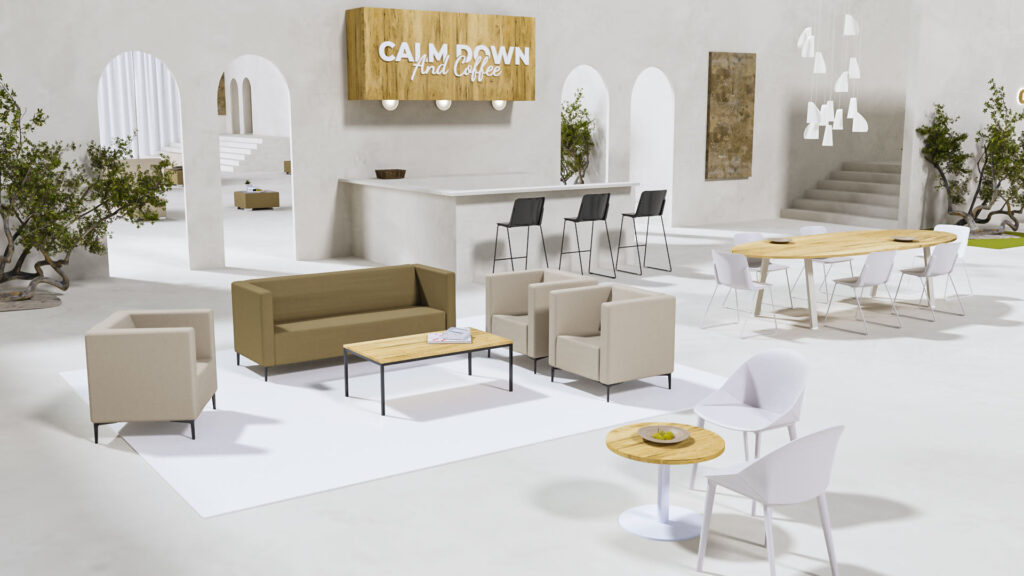
Advantages of coworking
These are some of the advantages and benefits that new generations of workers find in coworking spaces.
Shared expenses: In a coworking, the cost of rental, common services and other expenses are shared among members, which logically reduces investment and expenses compared to having your own office. In addition to rent, there are services such as security, cleaning or maintenance that are more bearable if they are shared among everyone. The same happens with energy services, such as electricity, water, internet, telephony, etc.
Flexible spaces: They also offer multiple types of work spaces that adapt to different tasks: meeting rooms, group work rooms, cubicles, multi-station areas, auditoriums, training rooms, etc.
One of their greatest attractions is that they offer modern and unconventional spaces, such as rest areas, cafeterias, dining rooms, kitchens, game rooms, sports, yoga or meditation areas.
Additionally, coworking spaces have flexible membership options, ranging from daily access to plans monthly or annually. This allows workers to adapt their workspace to their changing needs.
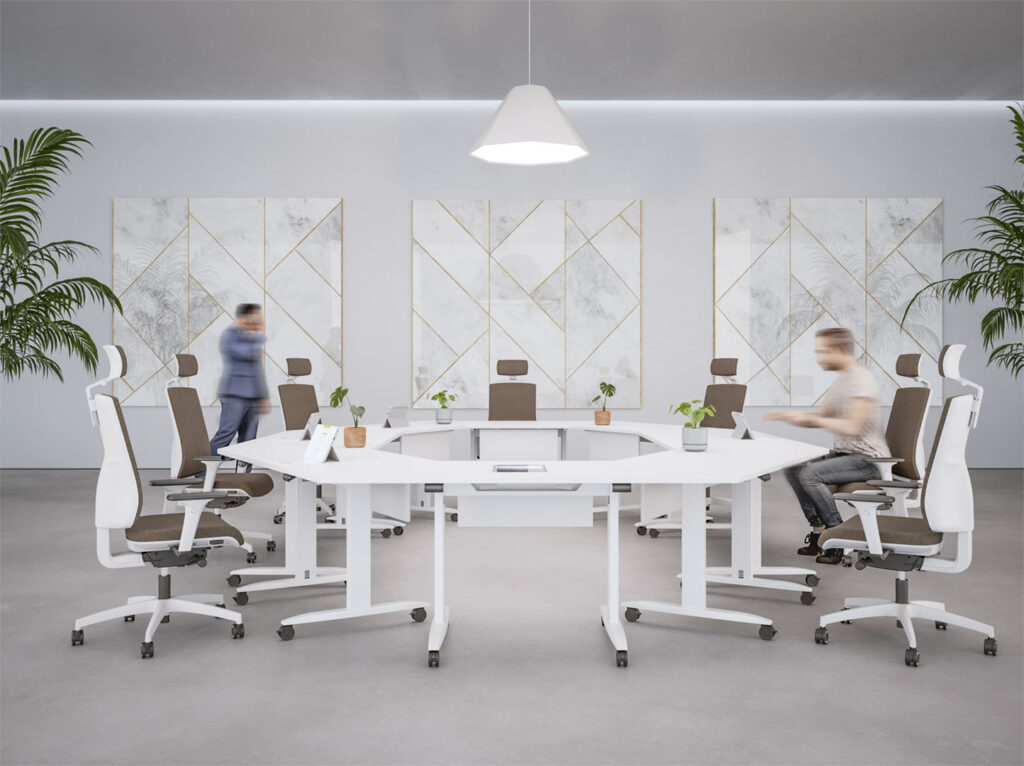
Spaces that inspire
Networking and collaboration: People from different industries and disciplines frequently meet in these spaces, which facilitates connection with other professionals. These synergies can lead to opportunities for collaboration, exchange of ideas and potential joint projects. Although coworking spaces are more informal than traditional offices, they offer a professional environment that can help increase productivity. productivity and motivation.
Motivational spaces: By working surrounded by people from different sectors and with different perspectives, an environment conducive to creativity and innovation is created. Working from home can isolate and impoverish the worker, who lives without social stimuli. On the other hand, in a coworking, there is a community of professionals with whom you can interact, learn and grow.
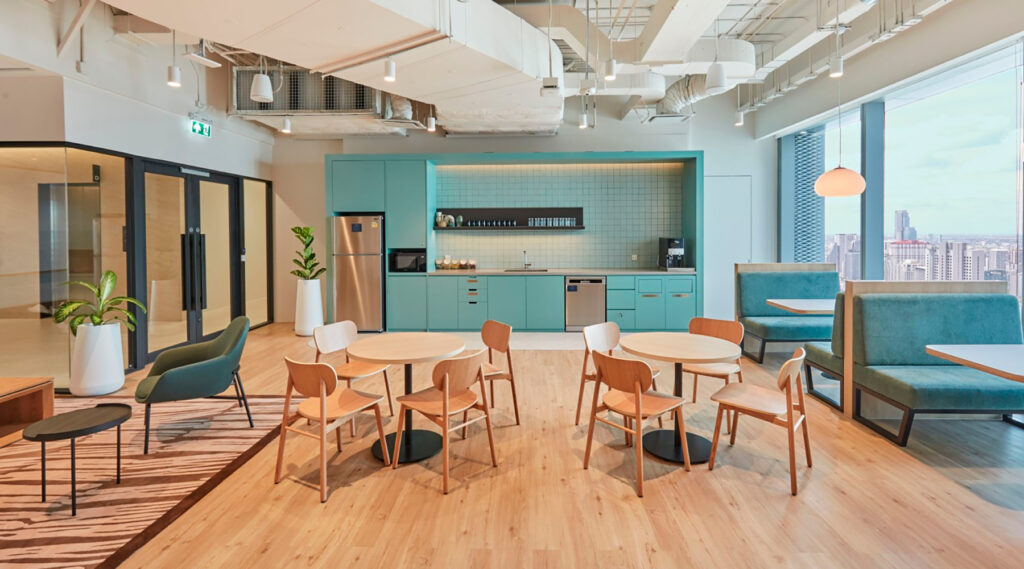
Towards homework
From the point of view of interior design, coworking spaces must have the same characteristics than a modern and current office, in terms of the qualities of its materials (non-flammable, sound-absorbing, VOC-free, etc.), lighting, acoustic quality, ergonomic chairs, etc It is important to keep in mind that, even if they are not permanent workers, the quality of the space is equally decisive for their work.
However, from the point of view aesthetic, they do tend to offer a much more informal appearance than that of a traditional office. Wanted create environments domestic, homely and residential. We find, for example, Banquet that could well be in any house.
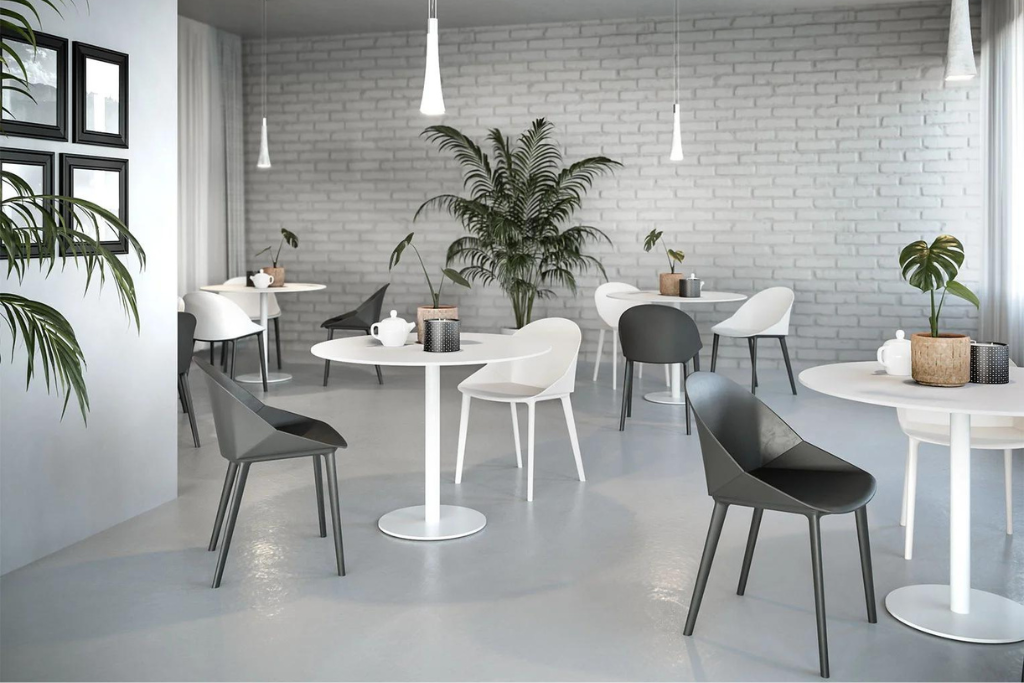
Feel like home
The purpose is to create spaces for your members They feel comfortable, within a familiar, close and friendly environment. In fact, we find coworking spaces decorated with personal objects, as if it were a real house, with photos, trophies, posters, decorations, books, plants, etc. This feeling of “home” awakens Positive emotions among users, who do not generate rejection or aversion to going to work in these spaces.
As a general rule, they are very well-kept spaces.: They have very studied lighting, both natural and artificial. Choose a range of colors coherent and a design that reflects the identity and culture of the coworking space. Bright, vibrant colors can help stimulate creativity, while neutral tones can create a calm and professional environment. In addition, they usually include elements that inspire creativity and motivation, such as inspirational art, colorful murals, motivational quotes or potted plants.
And of course, they must be equipped with modern technology, such as high-speed Internet access, plugs and chargers available throughout the space, and audiovisual equipment for presentations and meetings.
